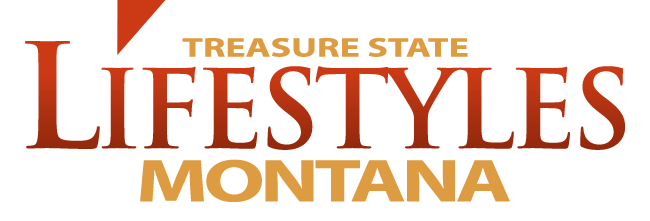Compared to other Montana outlaws, George Parrott was nothing exceptional—at least, not in life.
In 1878, Parrott—aka: Big Nose George—and his gang botched a train robbery in Wyoming and escaped with a deputy sheriff and Union Pacific detective hot on their trail. When the lawmen came across Parrott’s camp, the gang opened fire on them. The deputy sheriff was cut down in the hail of bullets. The detective was shot while trying to escape. When the bodies were discovered, a $10,000 reward (later doubled) was offered for the capture of the murderers.
It wasn’t until 1880 that Parrott was apprehended. While drinking in Miles City, Montana, he and a cohort got loose-lipped and revealed that they were responsible for killing the lawmen. Having outed themselves, the men were arrested, and Parrott was sent back to Wyoming to face charges.
While in jail at Rawlings, Wyoming, Parrott made an escape attempt using a pocketknife and a piece of sandstone to wedge and file the rivets of his shackles. Free of his restraints, Parrott ambushed the jailer, fracturing his skull. As the jailer attempted to fight back, he called out to his wife, who was in the jail and heard his cry for help. With a pistol, she persuaded Parrott back into his cell.
When the townspeople heard of Parrott’s escape attempt, they decided to put an end to it. An armed mob stormed into the jail, dragged Parrott from his cell, and hanged him from a telegraph pole.
The story should end here. But it just so happens that two doctors took possession of Parrott’s corpse. Thomas Maghee and John Eugene Osborne wanted to study the outlaw’s brain for clues as to why he had become a criminal; however, this scientific conquest quickly digressed into a mutilation scene, with the doctors defacing Parrott’s body in bizarre ways.
They began by removing the top of Parrott’s skull with a saw, which is to be expected for a brain experiment. What’s odd, however, is that it was then gifted to Maghee’s fifteen-year-old lab assistant, Lillian Heath. Even stranger, Heath used the skull cap as an ash tray, pen holder, and door stop.
With the skull cap removed, Maghee and Osborne were able to make their way to Parrott’s brain—the subject of their investigation. It seems a major deviation from their experiment then that the doctors proceeded to peel off Parrot’s face. Taking the outlaw’s facial skin, Maghee and Osborne created a human mask. Then they skinned his thighs and chest, and removed his nipples. This skin was sent to a tannery in Denver, where it was made into a pair of shoes and a medical bag.
While it’s easy for us to judge Maghee and Osborne’s actions as disturbing, this was apparently socially acceptable for the time. In fact, the people of Wyoming deemed Osborne fit for public office and voted him in as governor of the state. To his inaugural ball, he wore the shoes made from Parrott’s flesh.
When Maghee and Osborne decided that Parrott’s dismembered body had outlasted its usefulness, they put the remains in a whiskey barrel and buried it behind Maghee’s office. The barrel remained there until 1950, when construction workers unearthed it while working on the Rawlins National Bank. It was presumably quite the shock when they found inside a pile of bones and skull sawed in half.
Osborne and Maghee had passed away by then, so Lillian Heath was brought in to help identify the body as Parrott’s. Since her teenage years as Maghee’s assistant, she had become Wyoming’s first female doctor and was now in her eighties. Having held onto the skull cap all those years, Heath lent it to investigators. It fit the skull in the barrel, and further DNA testing confirmed that the skeleton was indeed Parrott’s.
Today, pieces of Big Nose George Parrott are on display in Rawlins, Wyoming. The shoes made from his skin, face mask, and the lower part of his skull are part of a permanent exhibit at the Carbon County Museum. The shackles used to hang Parrott and his skull cap can be found at the Union Pacific Museum in Omaha, Nebraska. Nobody knows what happened to the medicine bag made from his flesh.


